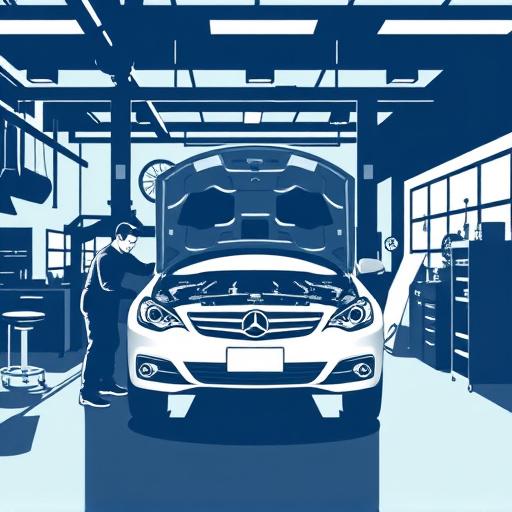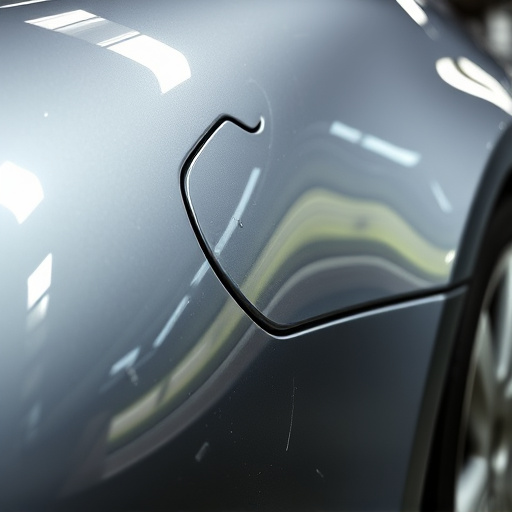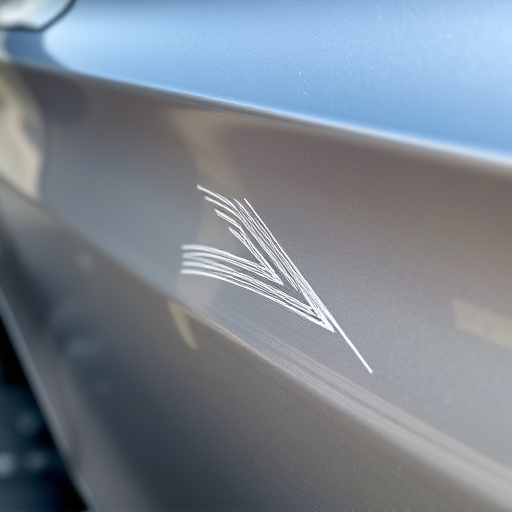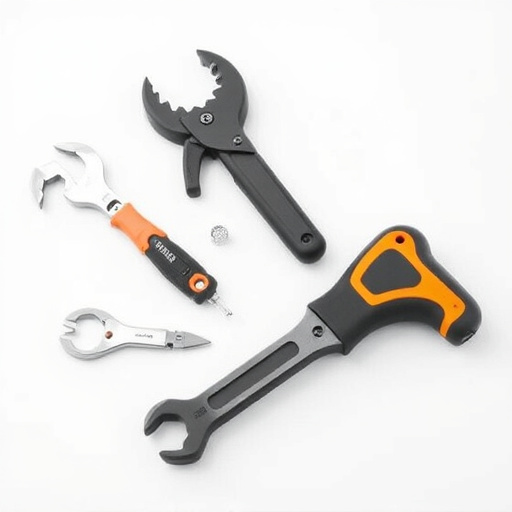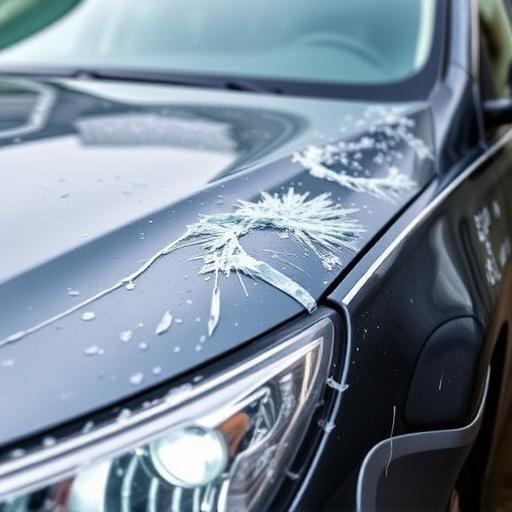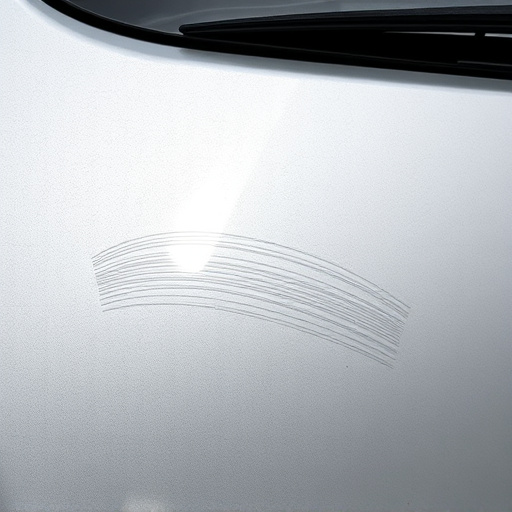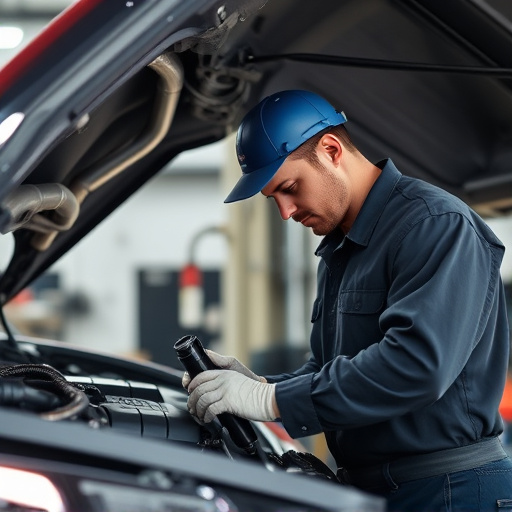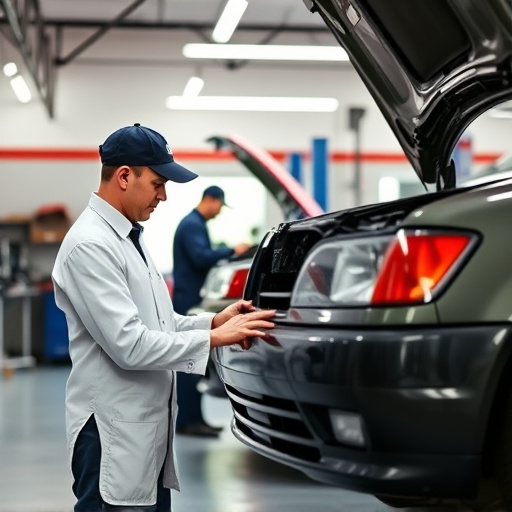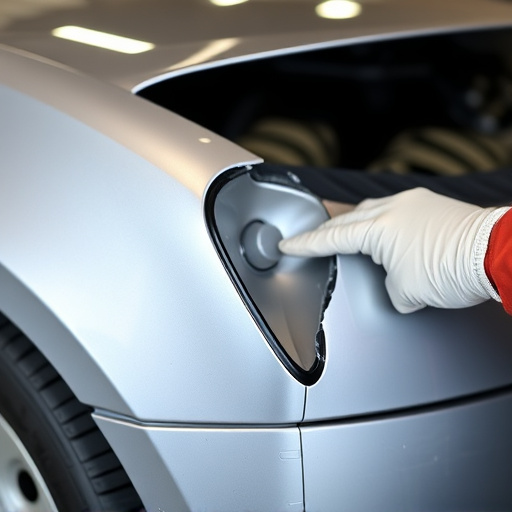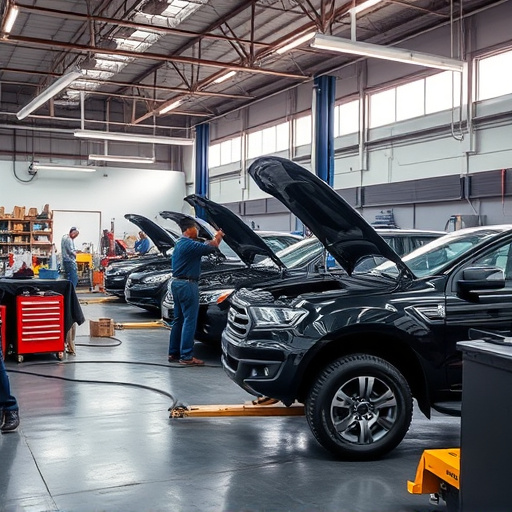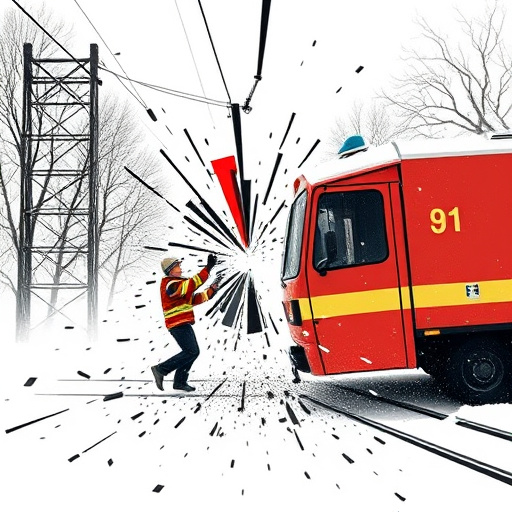Curing times in auto glass installation are crucial for strong bonds and safety, involving air bubble escape, moisture evaporation, and solidification. Installation speed varies based on glass type, job complexity, preparation work, and pre-existing bodywork issues. Efficiency enhancement strategies include using rapid curing adhesives/sealants, controlled environment with optimal temperature/humidity, and skilled application methods to optimize processes and maintain market competitiveness.
The speed and efficiency of auto glass installation are crucial factors in ensuring quality and customer satisfaction. Understanding curing times is key to this process, as it’s often an unseen yet vital component. This article delves into the intricate details of curing times, exploring the science behind them and how they affect auto glass installation. We’ll discuss various factors influencing speed and provide best practices for optimized efficiency, ensuring your installations are swift, precise, and reliable.
- Understanding Curing Times: The Unseen Process
- Factors Influencing Auto Glass Installation Speed
- Optimizing Efficiency: Best Practices for Quick Cures
Understanding Curing Times: The Unseen Process
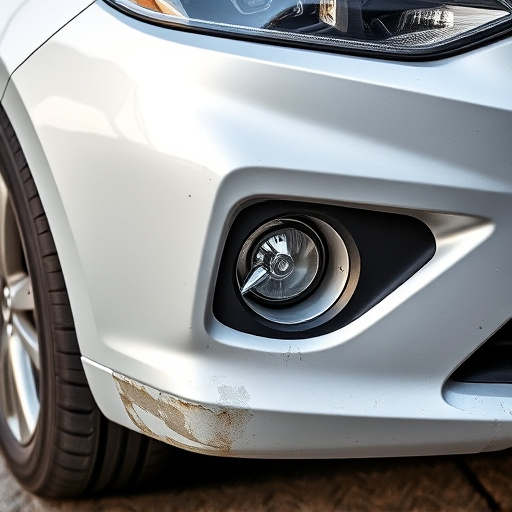
In the realm of auto glass installation, understanding curing times is akin to knowing the unseen heartbeat of a car’s repair process. Curing isn’t merely a passive step but an intricate chemical reaction that transforms the resin from a malleable state to its final, robust form. This vital process happens as the adhesive sets, strengthening the bond between the glass and the vehicle’s frame. It’s a labyrinthine journey where moisture evaporates, air bubbles escape, and the composite structure solidifies, ensuring the integrity of the auto glass installation.
This meticulous curing process, often underestimated, plays a significant role in the longevity and safety of auto body shop repairs and car paint services. Unlike immediate visual cues in auto repair services, curing times operate quietly, but their impact is indelible. They dictate the overall quality of the work, ensuring that when the glass meets the road, it does so securely and durably, enhancing the safety and performance of every vehicle it touches.
Factors Influencing Auto Glass Installation Speed
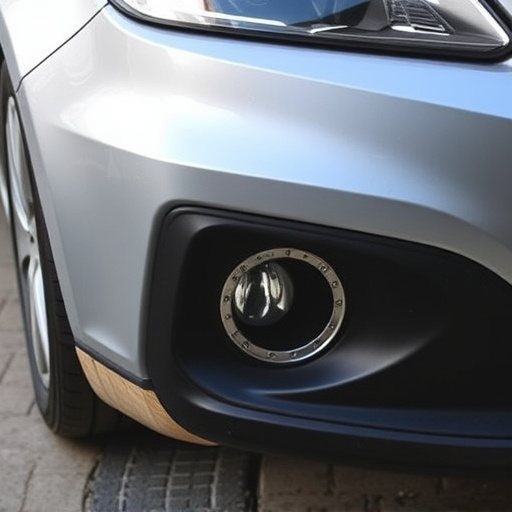
The speed at which auto glass installation is completed can vary widely based on several factors. One of the primary influences is the type of glass being used; tempered or laminated glass, for instance, requires specific handling and application methods that can impact installation time. The complexity of the job also plays a significant role; whether it’s a simple replacement of a side window or a more intricate process involving the dashboard and other vehicle components, the time needed will differ.
Another crucial consideration is the preparation work required before glass installation. This includes tasks like removing damaged glass, preparing the vehicle’s frame for new glass, and ensuring proper alignment. An auto repair near me or automotive body shop with experienced technicians can streamline these steps, potentially reducing installation time. Vehicle bodywork also comes into play; any pre-existing damage or issues that need to be addressed before fitting new glass will add to the overall job duration.
Optimizing Efficiency: Best Practices for Quick Cures
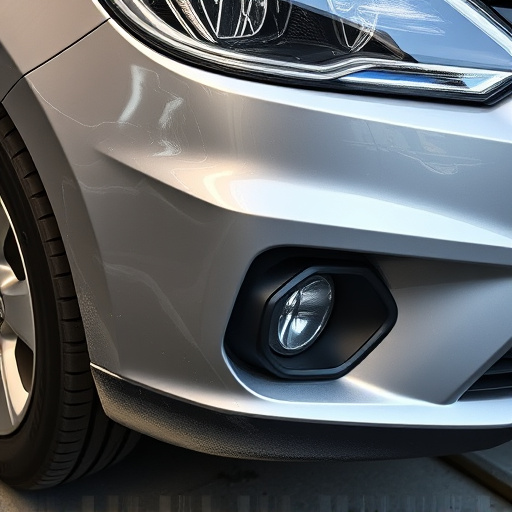
In the realm of auto glass installation, optimizing efficiency is paramount for both shop owners and technicians. Quick cure times play a crucial role in this process, ensuring that vehicles are returned to their owners faster while maintaining superior quality. Best practices for achieving quick cures involve utilizing high-quality adhesives and sealants designed for rapid setting, as well as employing efficient application techniques. Proper training for technicians on these specialized products is essential to ensure consistent results.
Additionally, the automotive body shop’s environment must be optimized for quick curing. This includes controlling temperature and humidity levels within ideal ranges, typically around 70°F (21°C) and 50% relative humidity. Efficient ventilation systems help remove volatile organic compounds (VOCs) from the workspace, further accelerating cure times. By implementing these strategies, automotive restoration shops can streamline their processes, offering services more promptly while remaining competitive in the market, including those involving car dent removal.
Curing times play a pivotal role in auto glass installation, often overlooked but crucial for both quality and efficiency. By understanding how various factors influence this process, from weather conditions to adhesive types, professionals can optimize their techniques. Implementing best practices, such as ensuring adequate ventilation, controlling ambient temperature, and following manufacturer guidelines, facilitates faster curing without compromising integrity. These strategies not only speed up the installation process but also contribute to safer, more durable vehicle repairs, ultimately enhancing customer satisfaction in auto glass services.
